Home>Garden Essentials>What Is The Best Type of Grass Seed
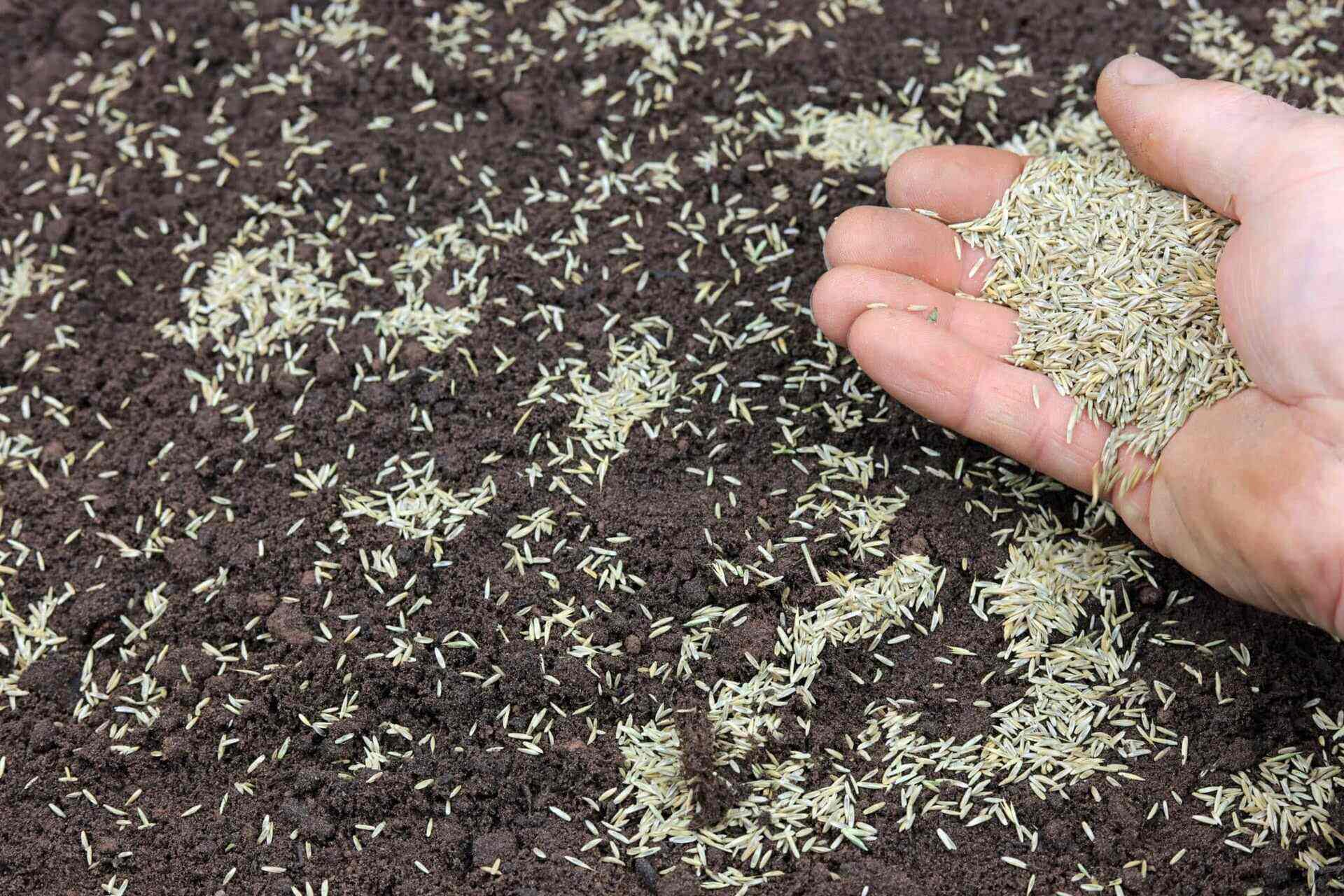

Garden Essentials
What Is The Best Type of Grass Seed
Modified: March 27, 2024
Looking for the best grass seed for your garden? Discover expert advice and top recommendations for achieving a lush and healthy lawn.
(Many of the links in this article redirect to a specific reviewed product. Your purchase of these products through affiliate links helps to generate commission for Storables.com, at no extra cost. Learn more)
Introduction
Welcome to the world of gardening, where lush green lawns and vibrant landscapes thrive. One of the essential elements in creating a beautiful garden is choosing the right grass seed. Whether you’re starting from scratch or looking to rejuvenate your existing lawn, selecting the best grass seed for your specific needs is crucial.
There are various factors to consider when choosing the ideal grass seed, such as climate conditions, soil type, amount of sunlight, and intended use of the lawn. It’s important to understand these factors and their impact on the growth and maintenance of the grass before making a decision.
In this comprehensive guide, we will explore the different types of grass seed available and provide insights into popular grass seed varieties. We will also walk you through the steps of planting grass seed and offer tips on how to care for your newly seeded lawn. Additionally, we’ll address some common questions that gardeners often have about grass seed.
Whether you’re a seasoned gardener or just starting out, this article will equip you with the knowledge you need to make informed choices and achieve a luscious green lawn that will be the envy of your neighborhood.
Key Takeaways:
- Choose the right grass seed by considering climate, soil, sunlight, and lawn use. Research popular varieties like Kentucky bluegrass and Zoysia grass for a lush, thriving lawn.
- Plant and care for grass seed by preparing soil, watering, mowing, and fertilizing. Be patient and consistent to enjoy a beautiful, vibrant lawn.
Read more: What Is The Best Type Of Grass For A Lawn
Factors to Consider when Choosing Grass Seed
When it comes to choosing the right grass seed for your lawn, there are several important factors to take into consideration. Each factor plays a significant role in determining the success and longevity of your grass. Let’s explore these factors in more detail:
- Climate: Understanding the climate of your region is crucial in selecting the appropriate grass seed. Some grass species thrive in cooler climates, while others are better suited for warmer regions. Consider the average temperature, rainfall patterns, and seasonal changes specific to your area.
- Soil Type: Different grass species have different soil requirements. Some varieties prefer well-drained soil, while others can tolerate clay or sandy soil. It’s important to assess the soil type in your yard and choose a grass seed that is compatible with it.
- Amount of Sunlight: The amount of sunlight your lawn receives is another vital factor to consider. Some grass types require full sun, while others can tolerate shade or partial shade conditions. Take note of the areas in your yard that receive more or less sunlight throughout the day.
- Intended Use: Determine how you plan to use your lawn. Is it primarily for aesthetics, outdoor activities, or both? Some grasses are more resilient and can withstand heavy foot traffic, while others are better suited for ornamental purposes. Choose a grass seed that aligns with your intended use.
- Disease and Pest Resistance: Some grass species have built-in resistance to common diseases and pests. If your region is prone to specific turf diseases or pests, it’s wise to choose a grass seed variety that has better resistance, reducing the need for chemical treatments.
By carefully considering these factors and evaluating your specific lawn requirements, you can make a well-informed decision when selecting the right grass seed. Keep these points in mind as we explore the different types of grass seed available.
Types of Grass Seed
When it comes to grass seed, there are two main types to consider: warm-season grass seed and cool-season grass seed. Each type has its own characteristics and growth habits. Let’s explore them in more detail:
- Warm-Season Grass Seed: Warm-season grasses thrive in hot climates and have optimal growth during the summer months. They are more drought-tolerant and can withstand higher temperatures. Some popular warm-season grass seed varieties include Bermuda grass, Zoysia grass, and St. Augustine grass. These grasses are known for their ability to create a dense and lush lawn, making them ideal for areas with long, hot summers.
- Cool-Season Grass Seed: Cool-season grasses thrive in cooler climates and have optimal growth during the spring and fall seasons. They are more cold-tolerant and can withstand frost and colder temperatures. Some popular cool-season grass seed varieties include Kentucky bluegrass, perennial ryegrass, and tall fescue grass. These grasses are known for their ability to provide a beautiful green lawn throughout the year, even in areas with harsh winters.
It’s important to note that the choice between warm-season and cool-season grass seed depends on the climate and geographical location of your lawn. For example, if you live in a region with hot summers and mild winters, warm-season grass seed may be the best option. On the other hand, if you experience cold winters and mild summers, cool-season grass seed may be more suitable.
Another factor to consider within each type of grass seed is the specific variety or cultivar. There are numerous varieties available for each type of grass, each with its own unique characteristics, such as shade tolerance, disease resistance, and leaf texture. Researching and selecting the right variety based on your specific lawn conditions and preferences is crucial for achieving the desired results.
Now that we’ve explored the different types of grass seed available, let’s dive deeper into some popular grass seed varieties and their unique features.
Popular Grass Seed Varieties
When it comes to choosing the best grass seed for your lawn, there are several popular varieties that are well-suited for different needs and conditions. Let’s explore some of these popular grass seed varieties:
- Kentucky Bluegrass: Kentucky bluegrass is one of the most popular cool-season grass seed varieties. It is known for its deep green color, fine texture, and exceptional tolerance to cold temperatures. Kentucky bluegrass forms a dense and uniform lawn, making it ideal for residential lawns and parks.
- Fescue Grass: Fescue grass is a cool-season grass seed variety that offers excellent drought tolerance and adapts well to different soil types. There are two main types of fescue grass: tall fescue and fine fescue. Tall fescue is known for its durability and ability to withstand heavy foot traffic, making it suitable for lawns with high activity. Fine fescue, on the other hand, is known for its shade tolerance and ability to thrive in areas with less sunlight.
- Bermuda Grass: Bermuda grass is a warm-season grass seed variety that thrives in hot climates and is highly drought-tolerant. It has a high wear tolerance and can recover quickly from damage. Bermuda grass is commonly used on sports fields, golf courses, and high-traffic areas.
- Zoysia Grass: Zoysia grass is another warm-season grass seed variety known for its excellent heat and drought tolerance. It has a dense growth habit, providing a thick and luxurious lawn. Zoysia grass performs well in both full sun and partial shade conditions, making it a versatile choice for various lawn types.
- Perennial Ryegrass: Perennial ryegrass is a cool-season grass seed variety that germinates quickly and establishes rapidly. It has a fine texture and produces a vibrant green color. Perennial ryegrass is commonly used for overseeding existing lawns or as a temporary grass for erosion control.
These are just a few examples of popular grass seed varieties, and there are many more to choose from. When selecting a grass seed variety, consider factors such as adaptability to your region, tolerance to specific conditions (such as shade or heavy foot traffic), and desired aesthetics. Consulting with local experts or visiting your nearest garden center can provide valuable insights and recommendations tailored to your specific lawn needs.
Now that we’ve explored popular grass seed varieties, let’s move on to the steps involved in planting grass seed.
When choosing the best grass seed, consider the climate and soil conditions of your area. Look for a seed mix that is well-suited to your region and the specific needs of your lawn, such as shade tolerance or drought resistance.
Steps to Planting Grass Seed
Planting grass seed involves a series of steps to ensure successful germination and establishment of a healthy lawn. Let’s go through the key steps involved in planting grass seed:
- Prepare the soil: Before planting grass seed, it’s important to prepare the soil properly. Start by removing any existing vegetation, rocks, and debris from the area. Use a rake or tiller to loosen the top layer of soil, ensuring good seed-to-soil contact.
- Test and amend the soil: Conduct a soil test to determine its pH and nutrient levels. Based on the results, you may need to amend the soil with lime or fertilizer to create optimal conditions for grass seed germination. Follow the specific recommendations provided in the soil test report.
- Choose the right seed: Select the appropriate grass seed variety based on your climate, soil type, amount of sunlight, and intended use of the lawn. Consider factors such as drought tolerance, disease resistance, and shade tolerance. Read the seed package instructions for proper seeding rates and recommended techniques.
- Seed the area: Spread the grass seed evenly over the prepared soil. Use a broadcast spreader or a hand-held spreader for larger areas. For smaller patches, you can simply scatter the seed by hand. Ensure that the seed is distributed evenly to avoid patchy growth.
- Rake and roll: After seeding, gently rake the area with a leaf rake to lightly cover the seeds with soil. This will help improve seed-to-soil contact. Optionally, you can use a lawn roller to press the seeds firmly into the soil, aiding in germination.
- Water and keep moist: Water the newly seeded area immediately after planting and continue to keep the soil consistently moist throughout the germination process. Water lightly and frequently to prevent the soil from drying out. Be careful not to overwater, as excess water can lead to the growth of fungi or wash away the seed.
- Maintain the newly seeded area: As the grass seed begins to germinate, it’s important to provide proper care and maintenance. Avoid walking on the seeded area until the grass establishes. Keep the lawn mowed to a height recommended for the grass variety. Gradually reduce watering as the grass becomes established and follow a regular fertilization and maintenance schedule.
By following these steps, you’ll give your grass seed the best chance to germinate, establish a healthy root system, and eventually grow into a beautiful and vibrant lawn. Patience and consistent care are key during the early stages of establishment.
Now that you know the steps to plant grass seed, let’s explore how to maintain and care for your newly seeded lawn.
Read more: What Is The Best Type Of Grass For Sheep
Maintaining and Caring for Newly Seeded Grass
After planting grass seed, it’s crucial to provide proper care and maintenance to ensure the successful establishment of a healthy and thriving lawn. Here are some essential steps to follow when caring for newly seeded grass:
- Watering: Proper watering is crucial for germination and early growth. Water the seeded area lightly and frequently to keep the soil consistently moist. Avoid overwatering, as it can lead to fungal diseases or runoff. As the grass begins to establish, gradually reduce the frequency of watering but increase the amount of water to encourage deep root growth.
- Mowing: Once the grass reaches a height of about 3-4 inches, it’s time to start mowing. Set your mower blades to the recommended height for the specific grass variety you planted. Be sure not to remove more than one-third of the grass blade in a single mowing session. Regular mowing helps promote healthy growth and discourages weed competition.
- Fertilizing: Newly seeded grass will benefit from a carefully timed fertilizer application. Wait until the grass has been mowed at least three times before applying a slow-release fertilizer. Follow the manufacturer’s instructions for the proper application rates. Fertilizing provides essential nutrients that support healthy root development and overall growth.
- Weeding: As the newly seeded grass starts to grow, it’s important to keep an eye out for weeds. Hand-pull any weeds you spot to prevent them from competing with the grass for nutrients and space. Avoid using herbicides until the grass has become established, as it can harm the young seedlings.
- Keep off the lawn: It’s crucial to avoid heavy foot traffic on newly seeded areas until the grass has established a strong root system. Limit activities and keep pets off the lawn during this critical growth period. This will allow the grass to take root and develop a dense and healthy turf.
- Avoid excess thatch: Thatch, a layer of dead grass and debris, can accumulate on the surface of the lawn. It’s important to avoid excessive thatch buildup, as it can hinder the growth of the newly seeded grass. Regular and proper mowing, as well as aeration, can help prevent thatch accumulation.
- Regular maintenance: Once the grass has established and grown into a healthy lawn, continue with regular maintenance practices. This includes regular mowing, watering as needed (depending on the climate and rainfall), fertilizing according to the grass type, and addressing any pest or disease issues that may arise.
By following these maintenance tips, you’ll help your newly seeded grass develop strong roots, resist weeds, and grow into a lush and beautiful lawn. Remember to be patient and consistent with your care, as grass seed can take several weeks to fully establish.
After covering the essential steps for maintaining and caring for newly seeded grass, let’s address some common questions gardeners often have about grass seed.
Common Questions about Grass Seed
Choosing and caring for grass seed can sometimes raise questions and concerns. Here are some common questions that gardeners often have about grass seed:
- How long does it take for grass seed to germinate? The germination time for grass seed varies depending on the type of grass and environmental conditions. Typically, grass seed can take anywhere from 7 to 21 days to germinate. Factors such as temperature, moisture, and seed variety can affect germination time.
- How often should I water newly seeded grass? Watering newly seeded grass is crucial for successful establishment. Water the seeded area lightly and frequently to keep the soil consistently moist. This usually involves watering daily or every other day for the first few weeks. As the grass begins to establish, gradually reduce the frequency of watering but increase the amount of water to encourage deep root growth.
- When can I start mowing newly seeded grass? It’s important to wait until the newly seeded grass reaches a height of about 3-4 inches before mowing. This usually occurs around 4-6 weeks after seeding. Set your mower blades to the recommended height for the specific grass variety and be careful not to remove more than one-third of the grass blade in a single mowing session.
- Do I need to fertilize newly seeded grass? Newly seeded grass can benefit from a carefully timed fertilizer application. However, it’s important to wait until the grass has been mowed at least three times before applying a slow-release fertilizer. This usually occurs about 6-8 weeks after seeding. Follow the manufacturer’s instructions for the proper application rates.
- How do I prevent weeds from overtaking newly seeded grass? Weeds can be a common concern when establishing a new lawn from seed. To prevent weeds from overtaking newly seeded grass, hand-pull any weeds you spot and avoid using herbicides until the grass has become established. Proper watering, mowing, and fertilization practices will help the grass grow thicker and eventually crowd out weeds.
- Can I overseed an existing lawn with new grass seed? Yes, overseeding an existing lawn with new grass seed is a common practice to fill in thin or bare areas. It can help rejuvenate the appearance of the lawn. To overseed, mow the existing lawn short, remove any debris, and spread the new grass seed evenly. Be sure to provide proper watering and follow the same maintenance practices as you would for newly seeded grass.
- How long does it take for newly seeded grass to establish? The time it takes for newly seeded grass to establish can vary depending on various factors such as grass type, environmental conditions, and maintenance practices. On average, it can take about 8-12 weeks for the grass to fully establish and become a mature and healthy lawn. During this time, the grass will grow deeper roots and fill in to create a dense turf.
These are just a few common questions related to grass seed. Remember that each lawn is unique, and it’s always recommended to consult with local experts or extension services for specific advice based on your region and lawn conditions.
Now that we’ve addressed some common questions, let’s wrap up our guide on choosing and caring for grass seed.
Conclusion
Selecting and planting the right grass seed is a fundamental step in creating a beautiful and healthy lawn. By considering factors such as climate, soil type, sunlight, and intended use, you can choose a grass seed variety that suits your specific needs and environmental conditions.
Whether you opt for warm-season grass seed or cool-season grass seed, there are numerous popular varieties to choose from. Kentucky bluegrass, fescue grass, Bermuda grass, Zoysia grass, and perennial ryegrass are just a few examples of the many options available to gardeners.
Properly planting grass seed involves preparing the soil, choosing the right seed, and following proper seeding techniques. It’s important to provide adequate water, maintain the appropriate mowing height, fertilize at the right time, and address any weed concerns to ensure the successful establishment of your lawn.
Throughout the transformation process, it’s important to be patient and consistent with your care. Remember that newly seeded grass takes time to germinate, establish roots, and grow into a lush and vibrant lawn. By following the maintenance and care tips outlined in this guide, you’ll be on your way to enjoying a stunning green oasis.
If you have any further questions or concerns about grass seed selection or lawn care, don’t hesitate to consult with local experts or visit your nearest garden center. They can provide valuable insights and guidance tailored to your specific region and lawn requirements.
Now it’s time to roll up your sleeves, get your hands dirty, and start creating the lawn of your dreams with the perfect grass seed for your garden!
Frequently Asked Questions about What Is The Best Type Of Grass Seed
Was this page helpful?
At Storables.com, we guarantee accurate and reliable information. Our content, validated by Expert Board Contributors, is crafted following stringent Editorial Policies. We're committed to providing you with well-researched, expert-backed insights for all your informational needs.
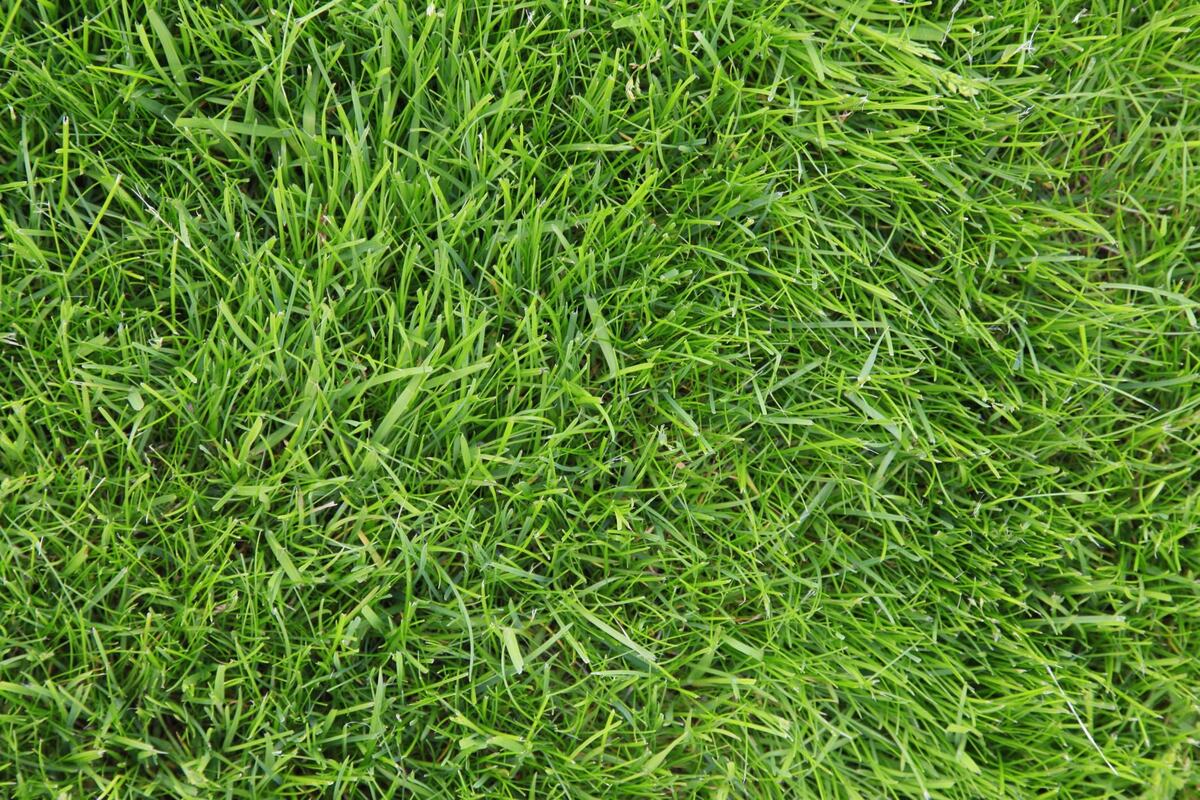
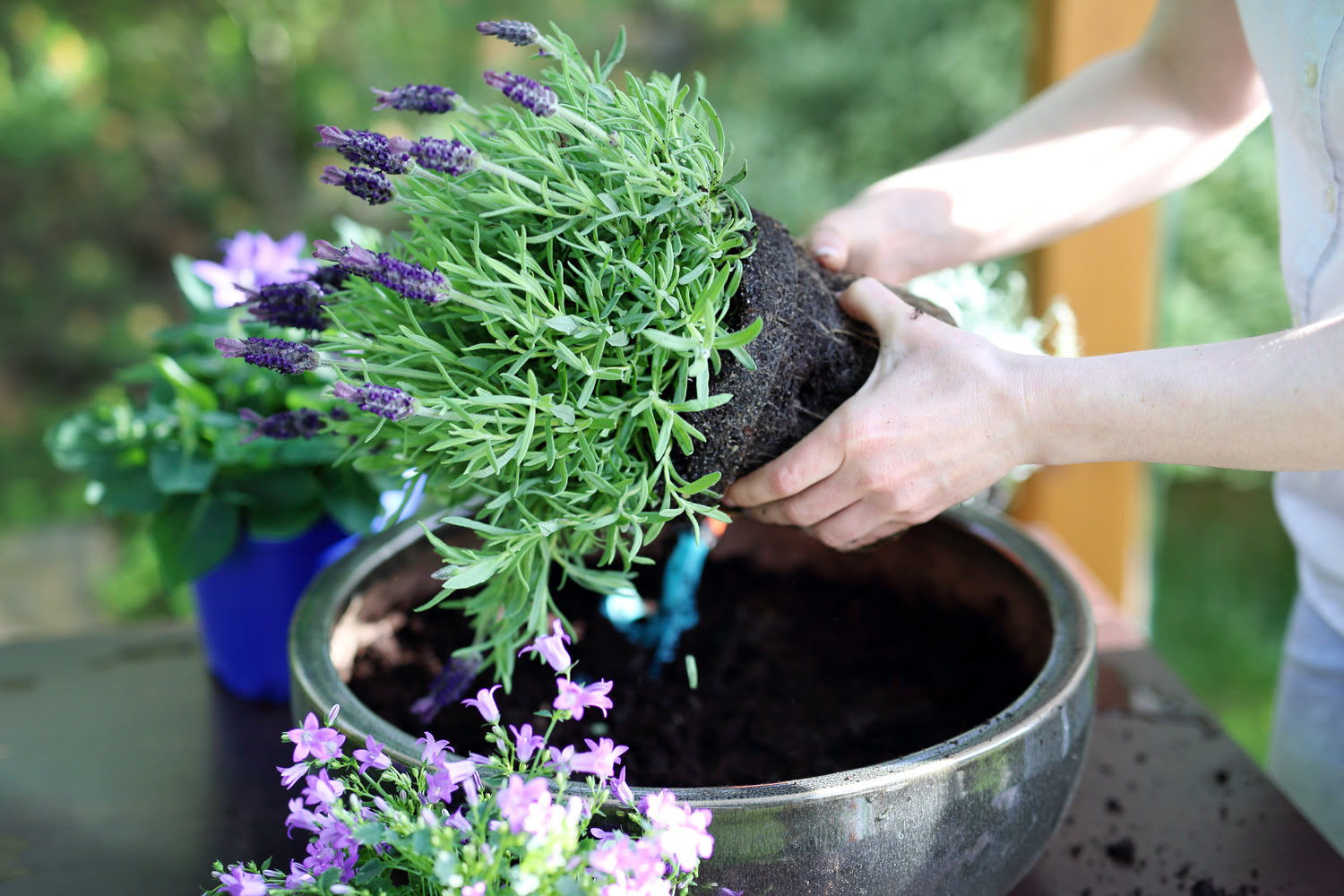

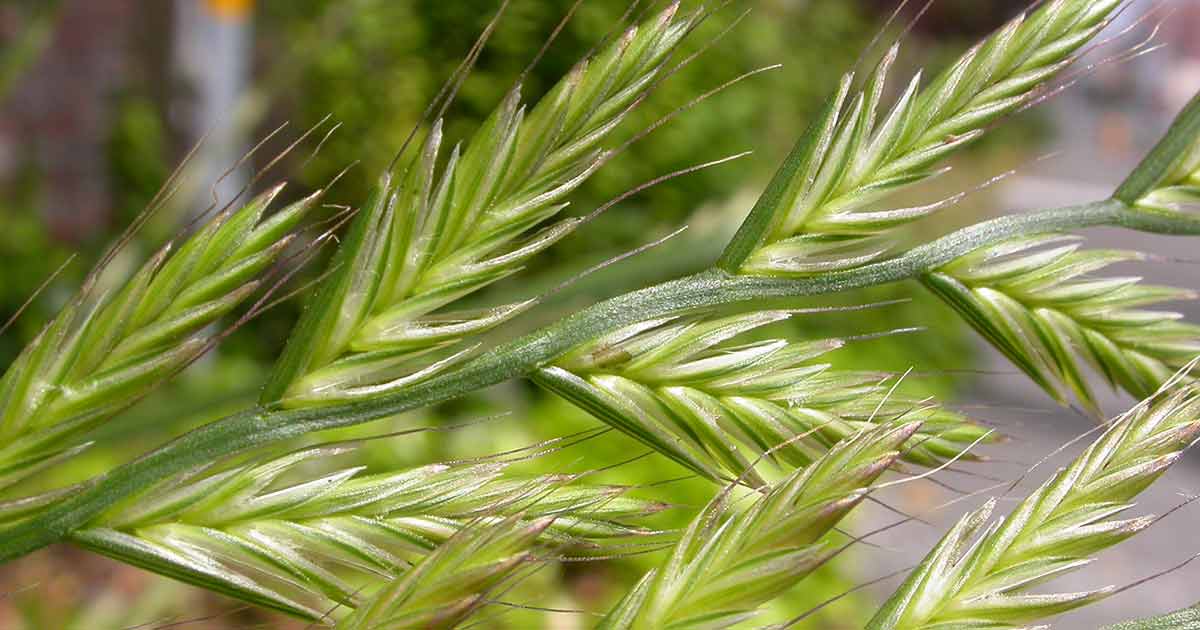

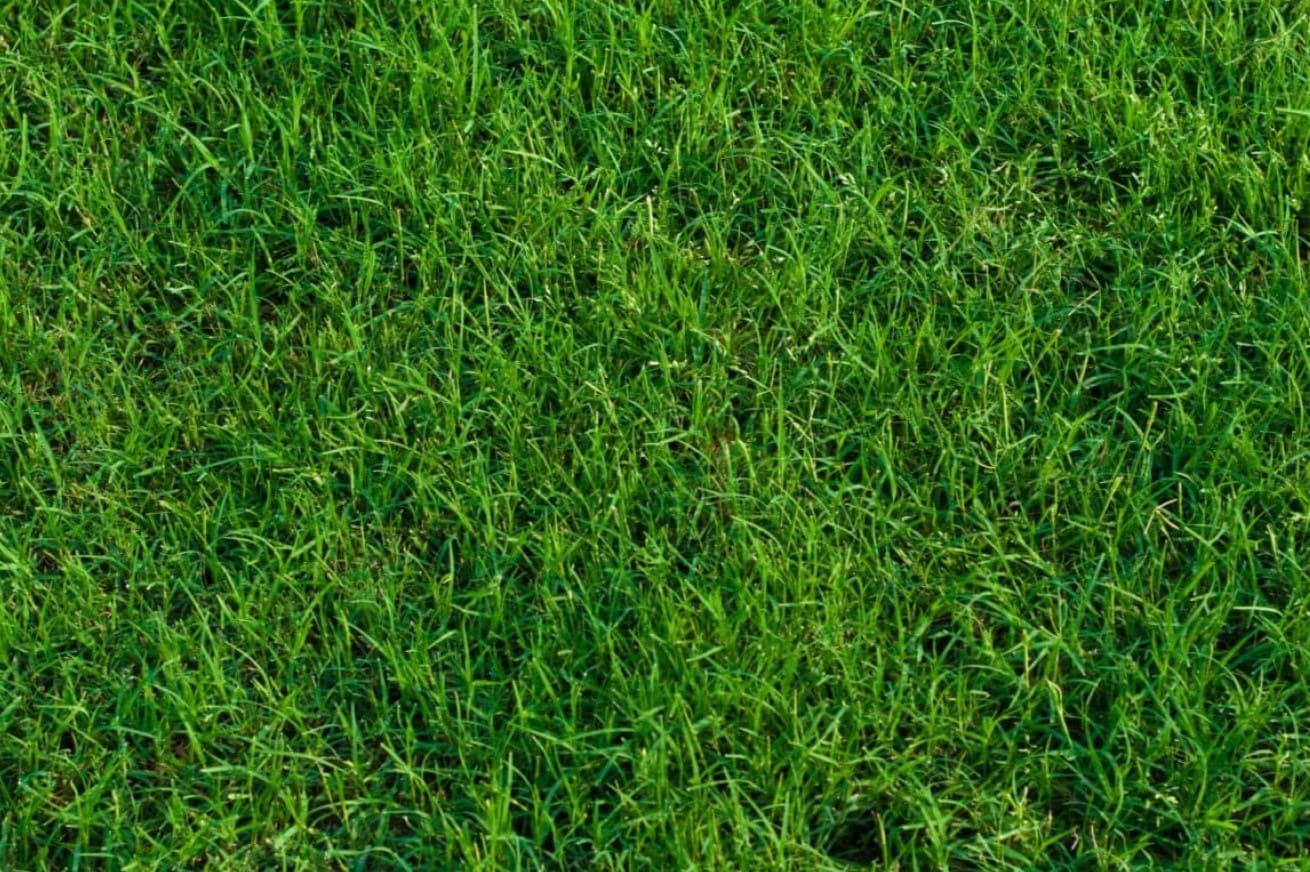

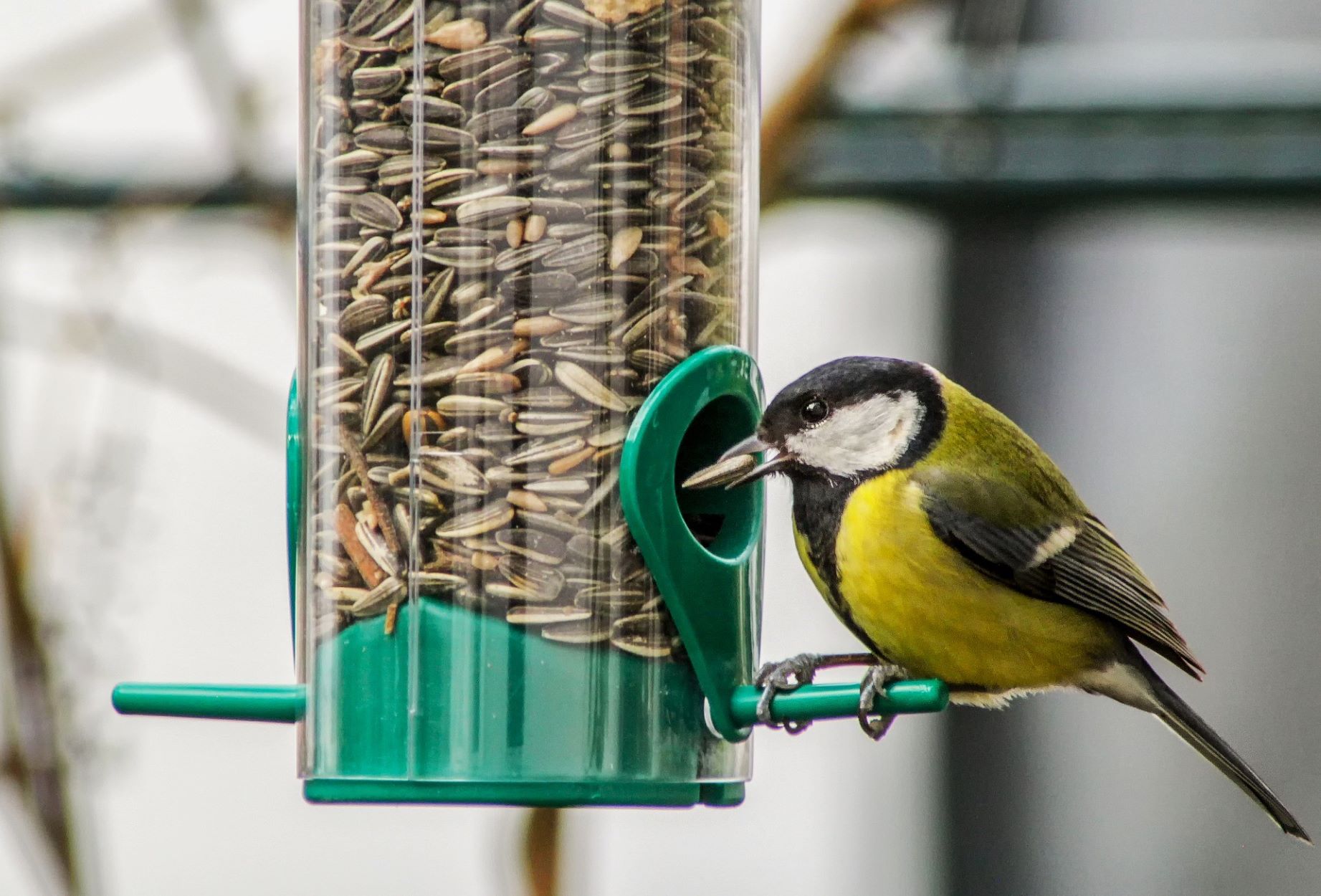

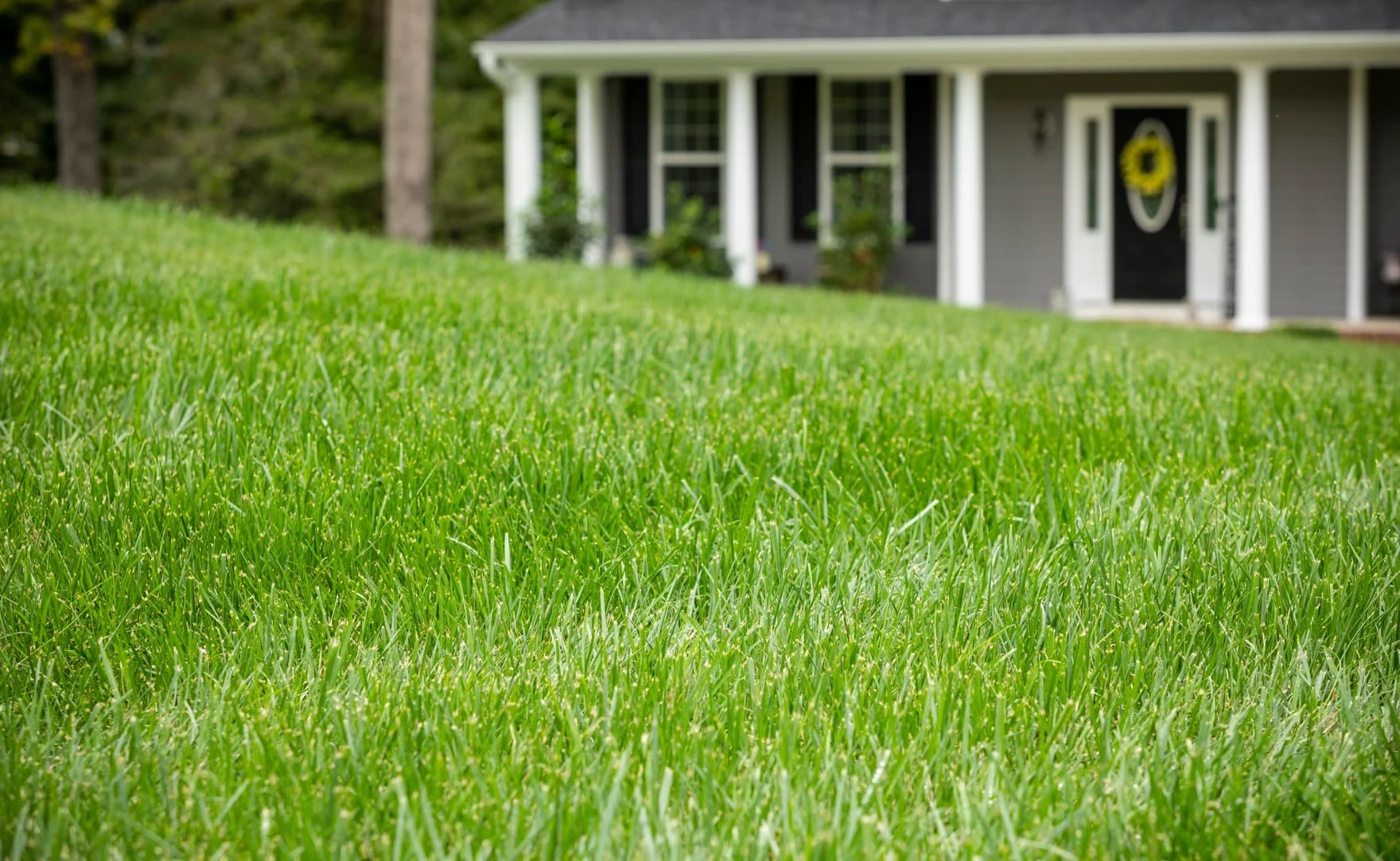

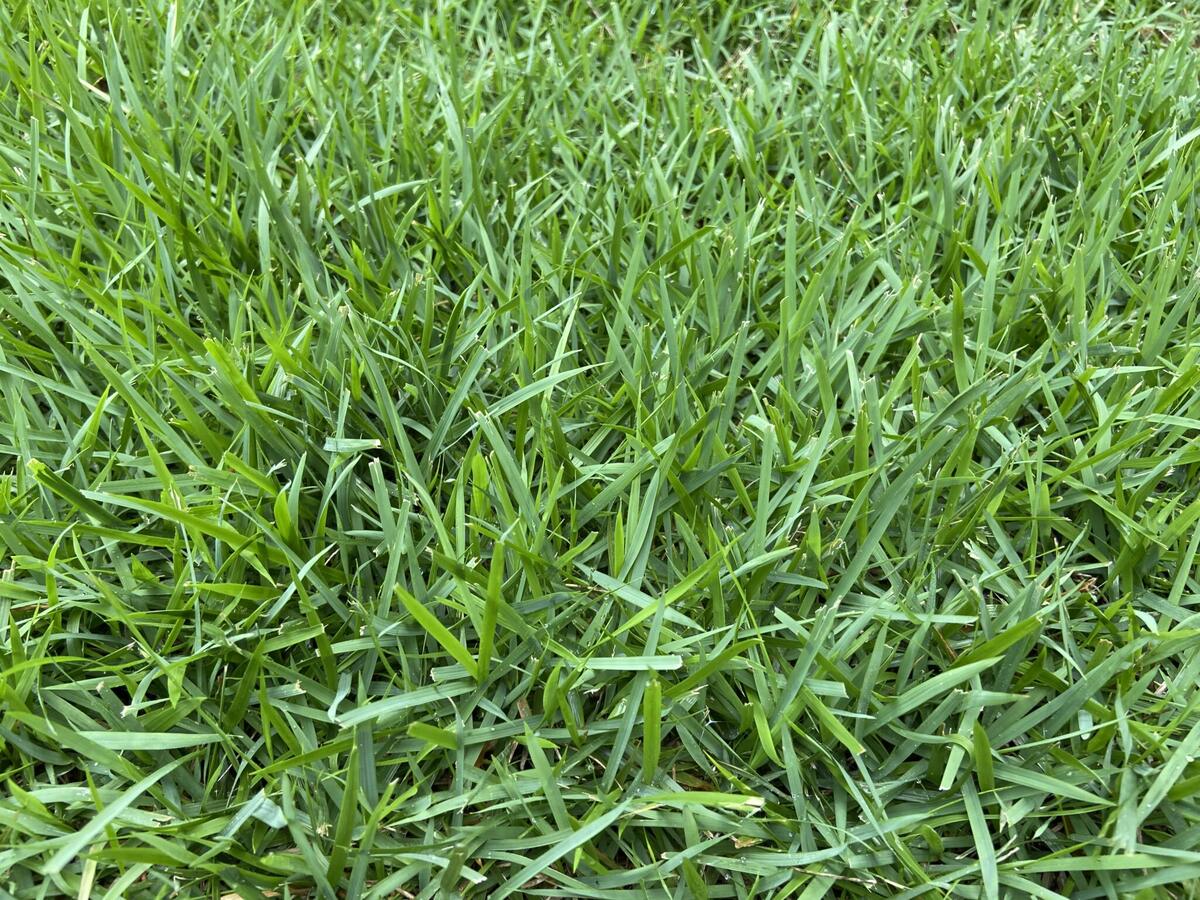

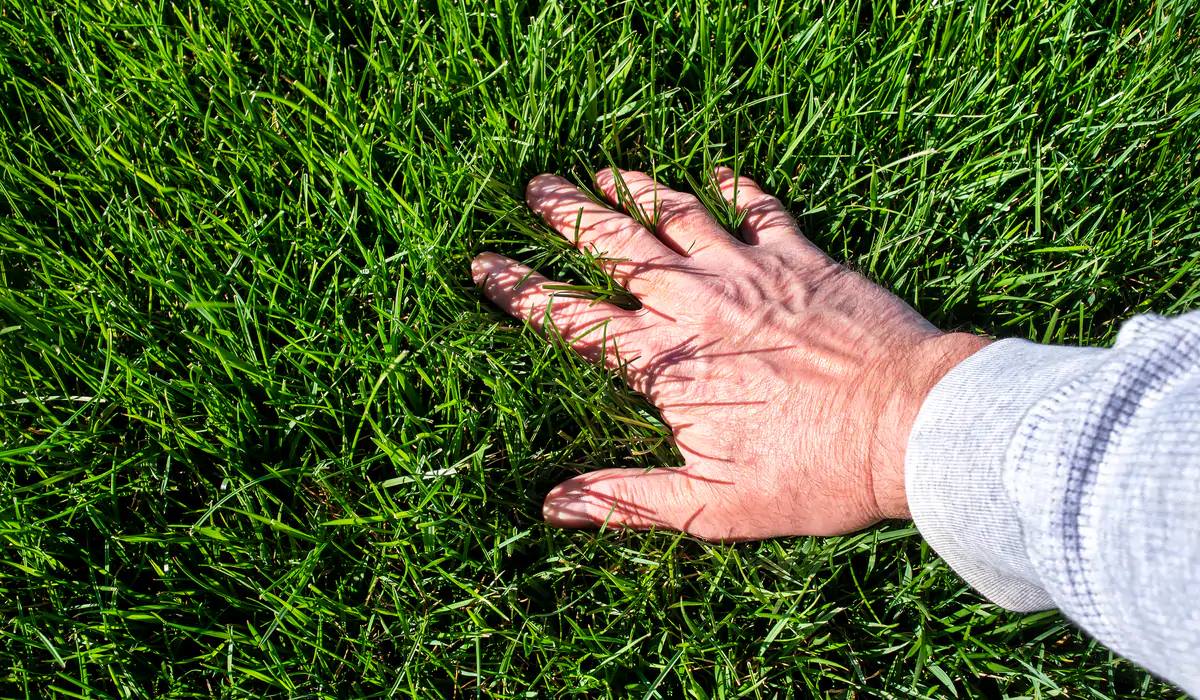

0 thoughts on “What Is The Best Type of Grass Seed”